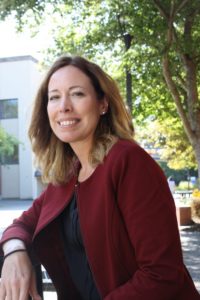This summer, representatives from Camosun College and the University of Victoria met with District of Saanich representatives to talk about the conduct of students living in Saanich.
Back in June, Saanich council asked for public input on increasing the amount of unrelated people the municipality allows to live together in one house from four to six. The increase went through.
Saanich mayor Fred Haynes says he hears people’s stress, and acknowledges that some council members were uncomfortable with the choice to increase from four renters to six, but also says that increasing the limit by two will help to alleviate all kinds of stress for people in hard situations.
“In large part, that’s already the fact on the ground,” says Haynes. “Many houses had five or six people staying in them.”

Haynes says that renters that were in violation of the bylaw were denied the protection of the BC Residential Tenancy Act because the landlord could evict them if there were more than four residents living in the house.
“We think that the quality of the housing should improve, because we’ve brought the occupancy level into the bylaw… And we heard a lot of stories from individuals where they wanted to complain to the landlord, and they were just evicted because of the occupancy level,” says Haynes.
Camosun vice president of student experience Heather Cummings says that a key aspect of improving housing will be making sure students know their rights when it comes to dealing with landlords.
“Students often don’t know their rights; they don’t know that there are laws that prevent landlords from treating them in certain ways,” says Cummings. “Especially if you’re a student who’s new to the community, you don’t have support, you don’t know what your rights are, and you’re afraid to rock the boat because you don’t want to lose what you have.”
Cummings says that what the college can do about off-campus living is limited, but the college wants students to know that there are resources on campus for students—counsellors, the ombudsperson, and the Camosun College Student Society, for example.
Cummings says that being able to communicate information to students so they’re informed is key.
“When we talk to students and find out that they’re extraordinarily successful despite living out of their car, I mean, that shocks us,” says Cummings. “Imagine what they could accomplish if they had stable housing.”
Haynes says that when Saanich met with Camosun it was mainly in regard to renters going over the four-person limit.
“[We’re] working on drafting a document that would help incoming students have a sort of terms of reference for community good neighborliness,” says Haynes.
Haynes says the issue is a multi-faceted one, because as well as making sure the tenants are conducting themselves accordingly, the landlords also have to make sure the property is maintained. The information on that should be posted in the house or the suite, says Haynes.
“Same for the students; as they come in, they should be provided on campus with a goodwill package as they arrive. Campuses are doing this with orientation week, so they are informed on what the neighbours expect,” says Haynes. “We don’t like to see large gatherings, lots of noise at night, over-ambitious parking behaviour.”
